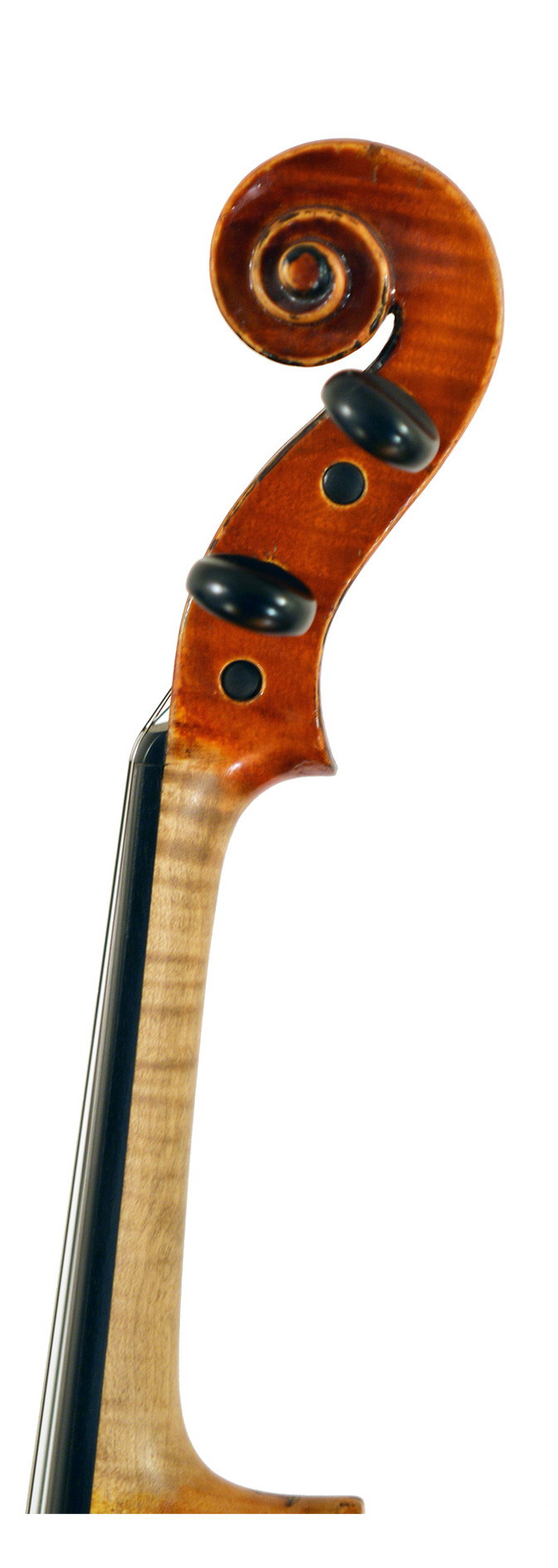Annibale Fagnola 1905-1910
Annibale Fagnola was one of the most important stringed instrument makers in Turin of the 20th century.
Fagnola was originally trained to be a professional instrument maker by Romano Marengo at Rinardi’s atelier in Turin.
He probably met and was so impressed by the great artwork of Guadagnini, Pressenda, Rocca and others that he began to copy them repeatedly.
It was in 1906 when his artwork was awarded in exhibitions in Milan and Genoa and highly appreciated in public.
Thanks to such success, he was able to establish a spacious atelier the next year which existed until 1921.
It was the start for his reputation to spread step by step to the world.
In 1911, when the world exhibition to commemorate the 15th anniversary of the unification of the nation was held in Turin, his quartet artwork (2 violins, one viola and one cello) was received the gold medal in the celebration, which confirmed his success both in name and in reality.
Alfred Hill, a renowned violin dealer of those days, mentioned in his diary Fagnola’s potential to be a great maker.
It was not long before his reputation reached UK, where his copies of Pressenda and Rocca were more highly appreciated than their originals.
This viola was made during such a successful period of his, after his favorite and specializing Pressenda’s model, and produces deep and practical low sound.





